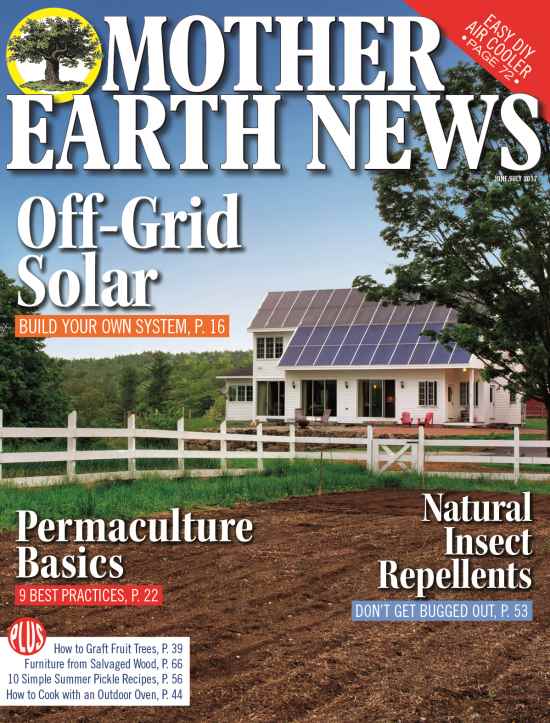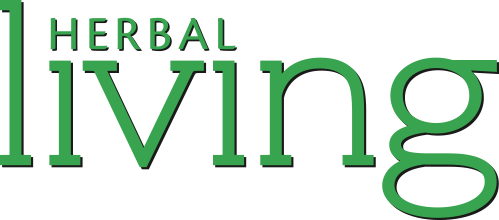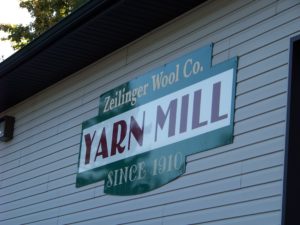 Going to the fiber mill is one of my favorite things to do. We always go to the fiber mill after the second shearing in September. We bring our fiber to the Woolen Mill in Frankenmuth, Mi. There is a large chicken show held the second weekend of October, so we try to make a day of it.
Going to the fiber mill is one of my favorite things to do. We always go to the fiber mill after the second shearing in September. We bring our fiber to the Woolen Mill in Frankenmuth, Mi. There is a large chicken show held the second weekend of October, so we try to make a day of it.
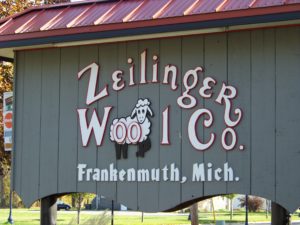
The Zeilinger Woolen Mill is a beautiful place. It smells of lanolin, good soap and lavender from the felted sachets that they sell. There are bags of different colored natural fibers stacked, woolen socks, skeins of yarn in all chunky and delicate sizes.
It is a tactile dream!
The mill isn’t just a pleasure to visit, it is also an integral part of many fiber businesses. In my last post, I discussed what’s involved in hand processing your fiber batch. In this post, I’d like to talk about:
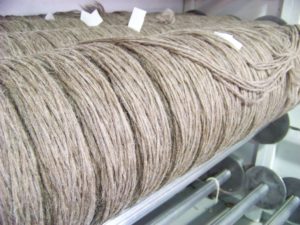 -Why you might want to take advantage of a fiber mill in your fiber processing
-Why you might want to take advantage of a fiber mill in your fiber processing
-I will show the process that the mill applies to your fiber batch and take you on a tour of the mill we use.
-And explain the options that a mill gives with your finished product.
Why use a mill?
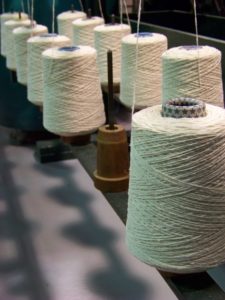 As I said in my last post, I encourage you to take your fiber through the entire process of raw wool to yarn at least once before you send to a mill. It helps you to appreciate the personality of your fiber and is quite an interesting and educational process. It gives an appreciation of what it took historically to make cloth. But as I said, it is labor intensive and time-consuming.
As I said in my last post, I encourage you to take your fiber through the entire process of raw wool to yarn at least once before you send to a mill. It helps you to appreciate the personality of your fiber and is quite an interesting and educational process. It gives an appreciation of what it took historically to make cloth. But as I said, it is labor intensive and time-consuming.
Sending to a mill is easier, faster, and in some ways cheaper, especially when you calculate hours involved. It gets you a finished sell-able product quicker, so you can start making a profit.
The mill will give you a product before you master your skills. If you’re new to fiber art, you can still set aside of some your wool in its different states to work on your carding, dying and spinning skills, but at the same time, it will process the bulk of your harvest. Sometimes it’s easier to learn using a product that is mill-quality-uniform. For example, when learning to spin, in the beginning, it can be easier to learn using a uniform roving, rather than hand-rolled rollags. Which brings me to my next point.
 More uniform product – There is definitely a market for homespun yarn. It’s a great time to be a spinner, as knitting and crocheting are very popular hobbies right now. Many artists are looking for art yarns with variances in texture and size throughout the skein. However, if uniformity is what you’re after, then a mill is the way to go until you set your skill level at spinning. The mill can offer different weight to your finished yarn. This is good for people who are selling and want to offer their customers a consistent product. While art yarns are fun for certain projects, many knitters know that when working with an intricate pattern, sometimes consistency is important.
More uniform product – There is definitely a market for homespun yarn. It’s a great time to be a spinner, as knitting and crocheting are very popular hobbies right now. Many artists are looking for art yarns with variances in texture and size throughout the skein. However, if uniformity is what you’re after, then a mill is the way to go until you set your skill level at spinning. The mill can offer different weight to your finished yarn. This is good for people who are selling and want to offer their customers a consistent product. While art yarns are fun for certain projects, many knitters know that when working with an intricate pattern, sometimes consistency is important.
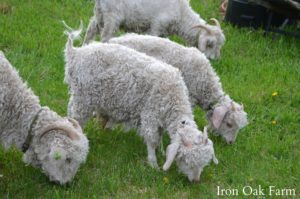 The mill is also great for people who are more interested in raising the animals themselves, than the actual craft of fiber production. This is somewhat how I started. Raising the animals is still my favorite part of the fiber process. I love goats and when I found out that you could get goats that produced wool, it was an added bonus!
The mill is also great for people who are more interested in raising the animals themselves, than the actual craft of fiber production. This is somewhat how I started. Raising the animals is still my favorite part of the fiber process. I love goats and when I found out that you could get goats that produced wool, it was an added bonus!
The Mill Process
We were lucky that our mill is such a friendly place that they were happy to let us tour their facility and take photos to share.
Here is an overview of the mill process.
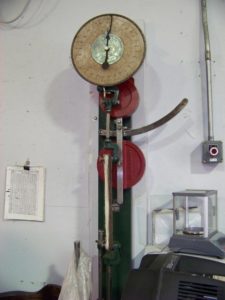 Once shorn, the raw fiber is brought/mailed to the mill to be weighed. This initial weight is usually what the mill will base your total cost per pound on. Much of the initial weight is lost as the lanolin, short matted fibers and debris are removed. So don’t be surprised if your starting weight is different than your end weight. Your mill should be able to give you both these numbers so you can calculate loss.
Once shorn, the raw fiber is brought/mailed to the mill to be weighed. This initial weight is usually what the mill will base your total cost per pound on. Much of the initial weight is lost as the lanolin, short matted fibers and debris are removed. So don’t be surprised if your starting weight is different than your end weight. Your mill should be able to give you both these numbers so you can calculate loss.
The fiber is then washed in large vats of hot water and a detergent.
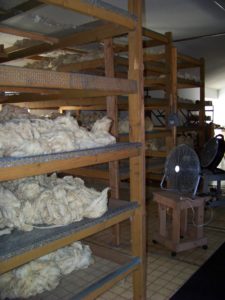 Then it is laid out to dry.
Then it is laid out to dry.
The fiber is given a rough comb and is “fluffed” to remove vegetation.
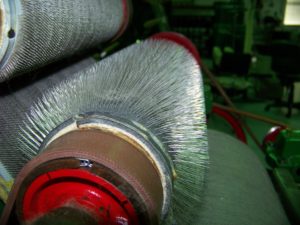
Then it is run through the giant drum carders where the fiber is combed and the fibers are set straight.
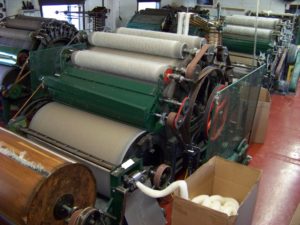
From here, the fiber is gathered into a continuous strand of roving. This is where our fiber leaves the mill. I use roving to spin my own yarn and to sell to other spinners. Roving is one of those niche products because your average yarn supply store doesn’t usually carry it. Hand spinners often have to buy from smaller farms to get the supplies they need.
Options at the Mill
Your finished product does not have to be roving from the mill. Different mills offer many services that your wool can become. To name a few:
Yarn
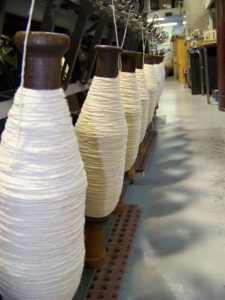 Many mills will offer a few different weights to your yarn
Many mills will offer a few different weights to your yarn
They can also offer color choices to be dyed.
Roving
Our mill offers traditional roving or a pencil weight roving which is thinner and sometimes easier for spinners to use.
Fiber blends
If you raise more than one fiber animal, for example, sheep and alpacas, you can blend the fibers at the mill.
You can usually purchase fibers from the mill to blend with your own stock.
Socks and other finished knitted products
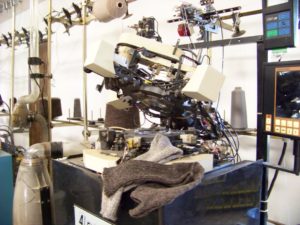 Our mill will turn your raw wool into finished sock pairs to be sold by you.
Our mill will turn your raw wool into finished sock pairs to be sold by you.
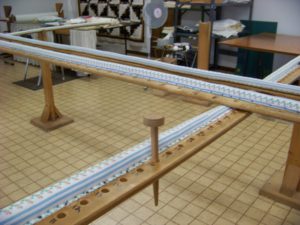
Batting for quilts and blankets
Unlike roving which is a long tube of finished fiber, batting is a sheet of finished fiber used in quilts, blankets, and duvet covers.
Each of these services bring different rates, and as you might have guessed, the more you have the mill do to your fiber, the more it will cost. In my next post, I will break down and compare the cost of raising fiber goats to the price of the mill and talk about what profits can be made.





